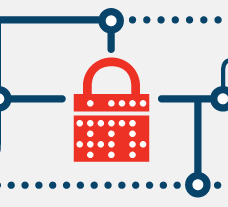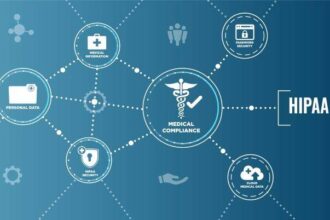 According to a recent report published by the Identity Theft Resource Center, more than 368 big data breaches have been reported in the first half of 2014.
According to a recent report published by the Identity Theft Resource Center, more than 368 big data breaches have been reported in the first half of 2014.
 According to a recent report published by the Identity Theft Resource Center, more than 368 big data breaches have been reported in the first half of 2014. Unlike individual instances of identity theft, the threat from big data breaches is massive because one heist can instantly put the identities and data security of millions of users under threat.
According to a recent report published by the Identity Theft Resource Center, more than 368 big data breaches have been reported in the first half of 2014. Unlike individual instances of identity theft, the threat from big data breaches is massive because one heist can instantly put the identities and data security of millions of users under threat.
From the perspective of a cyber-criminal, big data presents a huge opportunity to get access to millions of records with lesser effort. Given the finite number of technologies available to handle big data, criminals can “rinse-and-repeat” the same technique to exploit loopholes in the infrastructure of multiple organizations that handle data with similar technologies; thereby multiplying the returns on their criminal activity.
One of the reasons big data breaches is scary for an individual consumer is because it presents a risk from sources that are deemed safe. Most people would be wary of using their credit cards on a shady outlet on the highway that doesn’t look trust-worthy. They would prefer to use cash instead. On the contrary, none of us would blink an eyelid before flashing our credit card at a Target outlet – because it’s a safe place to use. Big data breaches can happen from the databases of these larger corporations. According to Lexington Law, a Utah based firm specializing in credit repair services, the advent of big data breach potentially puts consumers at risk for a lifetime. They point out that the recent big data attacks on Target and Neiman Marcus started off as small attacks. So while you may not be a victim of the breach today, the fact that your data may potentially be in the hands of criminals could mean you are perennially at risk.
So how does one protect themselves from a big data breach? Sadly there is nothing that individual consumers can do to protect their data from getting stolen from reputed corporations like Target or Home Depot. Alternatives like reverting to using just cash for transactions and avoiding online purchases are not exactly practical. The onus lies with the corporations to adopt strict data handling policies to protect consumer data. According to Ontario’s Information and Privacy Commissioner Ann Cavoukian, organizations handling big data should follow these basic tenets to ensure ‘privacy by design’
Proactive not Reactive; Preventative not Remedial
Privacy as the Default Setting
Privacy Embedded into Design
Full Functionality – Positive-Sum, not Zero-Sum
End-to-End Security – Full Lifecycle Protection
Visibility and Transparency – Keep it Open
Respect for User Privacy – Keep it User-Centric
As for the consumers, there are still a couple of things you could do. Firstly, make use of single-use or prepaid cards for all your ecommerce transactions. Secondly, for retail transactions, make use of credit cards with small credit limits. This way, even if your data gets breached, you do not suffer huge financial setbacks. Restrict the use of your debit cards merely to withdrawing money from the ATM.
How have you been keeping your finances safe from big data breaches? Tell us in the comments.
Photo Source: TNS Sofres on Flickr










